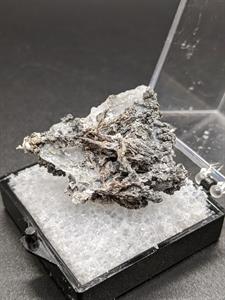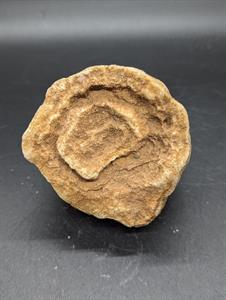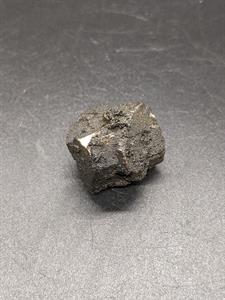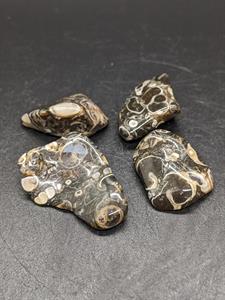This section explains some of the more specialized terminology used in the industry to describe mineral and crystal attributes, shapes, and features.
| Section | Description | View | | Crystal Habits & Growth Patterns | Crystal habit is a technical term which describes the actual shape of a crystal. Growth pattern describes how groups of these shapes form together. Some of the descriptive crystal habits and growth patterns include: | View Glossary |
| Mohs Hardness | Hardness is measured by the mohs scale. For each number, an example mineral is given. 1 is the softest (Talc) and 10 is the hardest mineral known to humans (Diamonds). Note that the scale is not linear, it is logarithmic. | View Glossary |
| Luster | Luster describes the surface appearrance of a mineral. This is one of the key diagnostic features of a mineral. | View Glossary |
| Optical Phenomena | Optical phenomena describe distinctive "plays of light" or "color changes" that occur at or near the surface of minerals, that can be described in distinctive terms. | View Glossary |
| Industry Terminology | These are some peculiar terms you might have heard from mineral dealers and collectors and thought huh? What are you talking about? | View Glossary |
| Classification | Some general classifications are used in the collection to differentiate specimens from various domains of science. | View Glossary |
 | Element | Elements are the building blocks of the universe which appear on the periodic table. Minerals are made up of one more more elements in a repeating matrix.. |
 | Fossil | Fossils are lithified life forms from the ancient past. |
| Hydrothermal Rock | Hydrothermal rocks are metamorphic rocks that have been altered by exposure to hot gases and liquids. |
 | Igneous Rock | Igneous rocks are generally formed in magma or lava, and are composed of mineral types on the bowen reaction series. |
 | Metamorphic Rock | Metamorphic rocks form through the transformation of existing minerals and rocks by forces of pressure and heat. |
 | Mineral | Minerals are naturally occurring inorganic solids with an orderly, internally repeating crystalline structure. |
| Mineraloid | Mineraloids resemble minerals but may not have an orderly repeating internal structure, due to the faster rate of cooling that they undergo during their formation. |
| Sedimentary Rock | Sedimentary rocks are formed due to processes of weathering, erosion, cementation and lithification. |
 | Shell | Shells are concretions of calcium carbonate formed by marin life. |
| Supplies | Supplies are critical to the study of minerals and rocks. |







